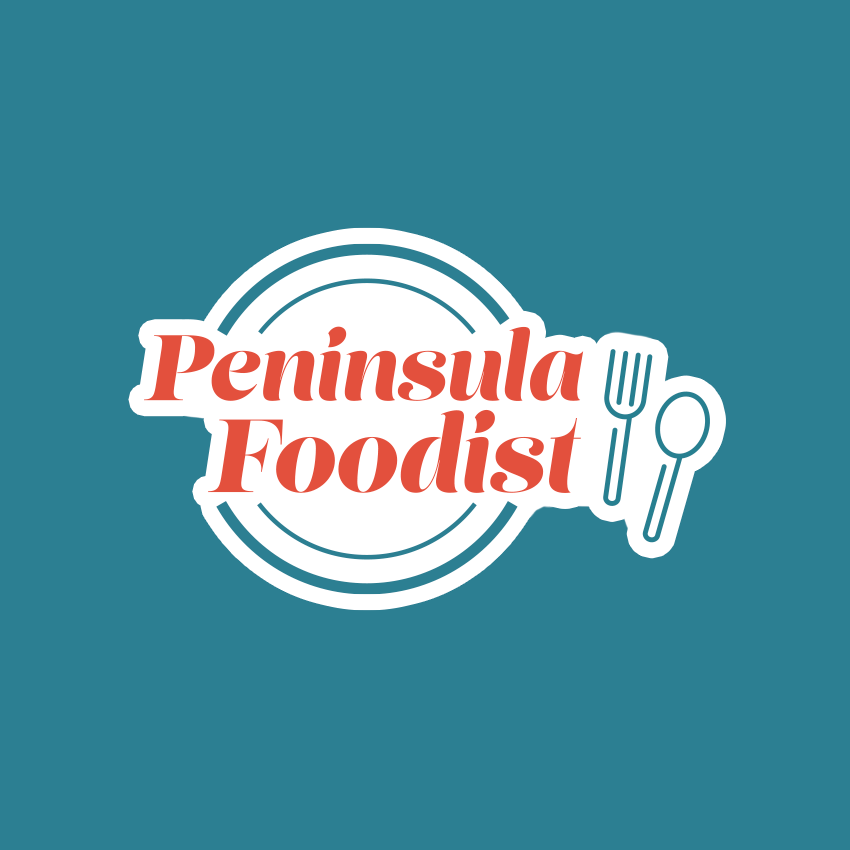Overview: The Peninsula Foodist publication included a blog, bi-weekly email newsletter, and supporting social media covering food news on the San Francisco Bay Area Peninsula.
I served as the Peninsula Foodist’s writer, editor and content designer from June 2021 to January 2022. When collaborating across the parent organization, I championed best practices for writing and designing for digital experiences with teams from sister publications that historically produced print products.
This is a living document that I wrote to serve as a quick-start guide to share with other content creators, as well as to guide my own work.
Over six months, I increased the Peninsula Foodist’s Instagram following by 20%. But my favorite feedback is reader comments. It means a lot to me when readers say the Peninsula Foodist has given them food for thought they haven’t considered before or encouraged them to explore something new.

Mission
Help people eat good food, and learn the stories behind it to build community connection. Engage, entertain and inform in compelling conversations.
Goals
- Audience
- Foster connection with existing followers, and expand to new ones.
- Serve different people’s needs in each bi-weekly newsletter cycle. Consider:
- Accessibility (physical, mental, cognitive, etc.)
- Cuisines and makers
- Language preferences
- Dietary needs
- Budget
- Resident or visitor on the Peninsula
- Usability
- Follow Web Content Accessibility Guideline standards
- Make content easy to search for and find
- Specify location
- Ensure location is included in all content, and labeled with consistent terms
- Include searchable terms (Specific: cities, ZIP Codes, area codes, etc. General: “Peninsula,” “Silicon Valley,” “Coastside,” etc.)
- Organize by
- Topic
- Location
- Dietary needs
- Ensure there are Foodist “home” links and “bread crumbs” that can help people find their way to a point of interest: “Palo Alto Online / Blogs / Foodist / Categories / Restaurants / Respectable Bird”
- Specify location
- Increase accessibility
- Ensure hyperlinks are recognizable – use sufficient color contrast and additional emphasis (such as underlining)
- Use tagging (H1, H2, “Heading,” “Subhead,” etc.) to increase scannability and ease of use
- Ensure links and calls to action are specific. Example: Instead of “Click here to subscribe,” use “Subscribe to the newsletter”
- Use appropriate font sizes. Tagging will support this, but if we must manually manage different font sizes, use a:
- Minimum font size of 12 (for captions)
- Regular body text font size of 14
- Font size 16 for section heading
- Font size 18 for H2
- Font size 24 for H1
Topics for coverage
- Proactively seek out stories and perspectives that have been underrepresented
- What to eat
- Roundup
- Preview
- Tips
- Profiles
- Society, culture and history
- Industry
- Restaurants
- Home food businesses
- Retailers
- Agriculture
- Hospitality
- Supply chain
- Labor
- Laws and regulations
- Environment
- Health
Language
Guidelines
- Use plain language
- Aim for a sixth- to eighth-grade reading level
- Write as though you’re enthusiastically chatting with a friend
- Don’t characterize certain diets or preferences as superior to others
- Be mindful and respectful of people’s different experiences with food. Readers may be experiencing disordered eating or food insecurity.
Voice and tone
The Peninsula Foodist’s voice is:
- Casual, not formal
- Knowledgeable, but approachable
- Inviting, but not saccharine
Change the Peninsula Foodist’s tone depending on context.
Word choice and terminology
- Be specific and descriptive – center on individual person’s experience
- Use accent marks as appropriate, especially for names
- Talking about identity:
- Use people’s preferred descriptors
- Use people’s preferred pronouns
- Use people’s preferred capitalization
- Avoid
- “ethnic” (unless talking about the history of the “ethnic food aisle”)
- Explanatory commas
- “authentic”
- “native” (unless referring to “Native American” – in that case, follow Native American Journalists Association and Native Governance Center guidelines)
- “binge” (unless talking about eating disorders)
- “user”
- “crazy”
- Also see See Soleil Ho’s “Words You’ll Never See Me Use in Restaurant Reviews“
- Careful with
- “quirky”
- “best”
- “local”
- “exotic”
- Alternatives
- Use specifics: illustrate essential foodway and historic culture and culinary context if possible
- “traditional, “heritage” (specify according to what tradition/heritage)
Style
In general, follow AP style, but make exceptions as appropriate (such as with naming conventions and accent marks to accurately reflect people’s identities).
